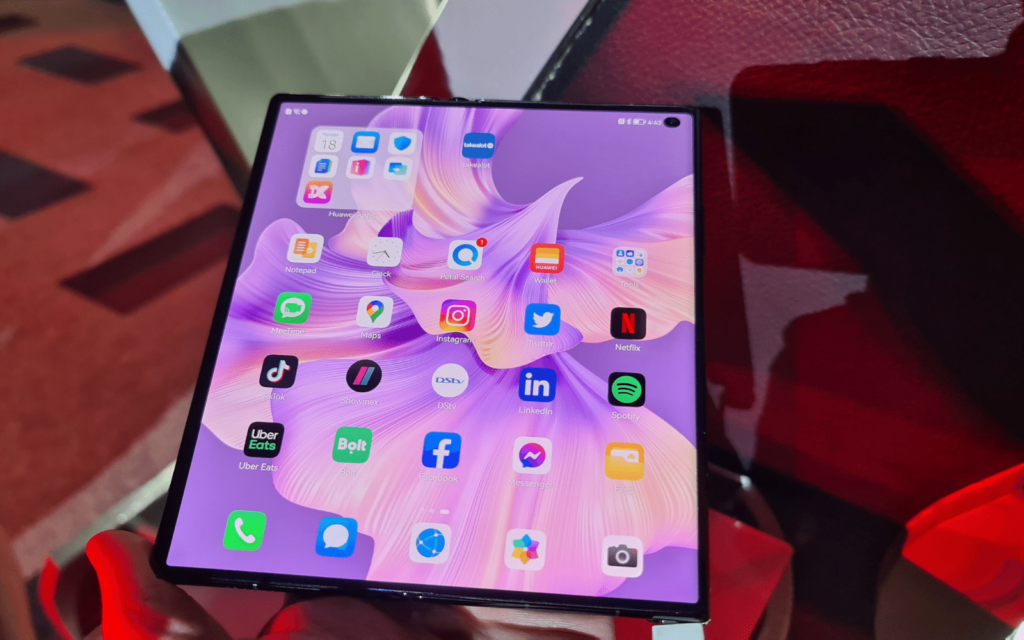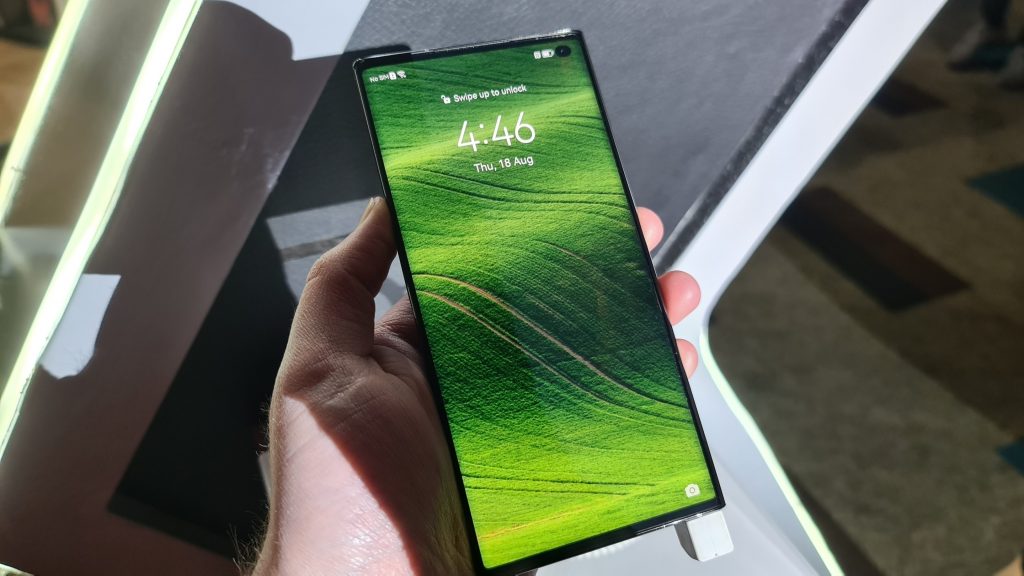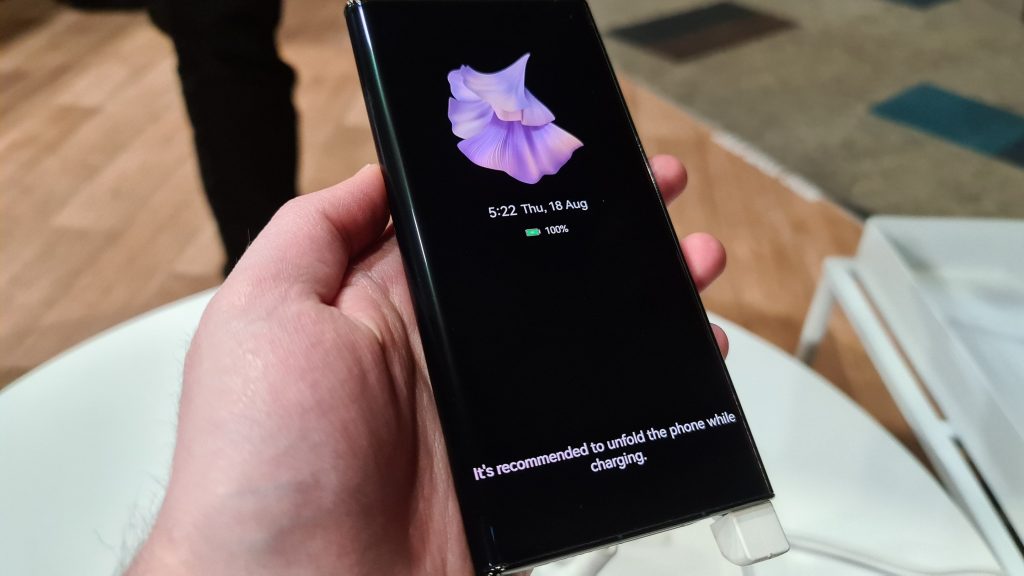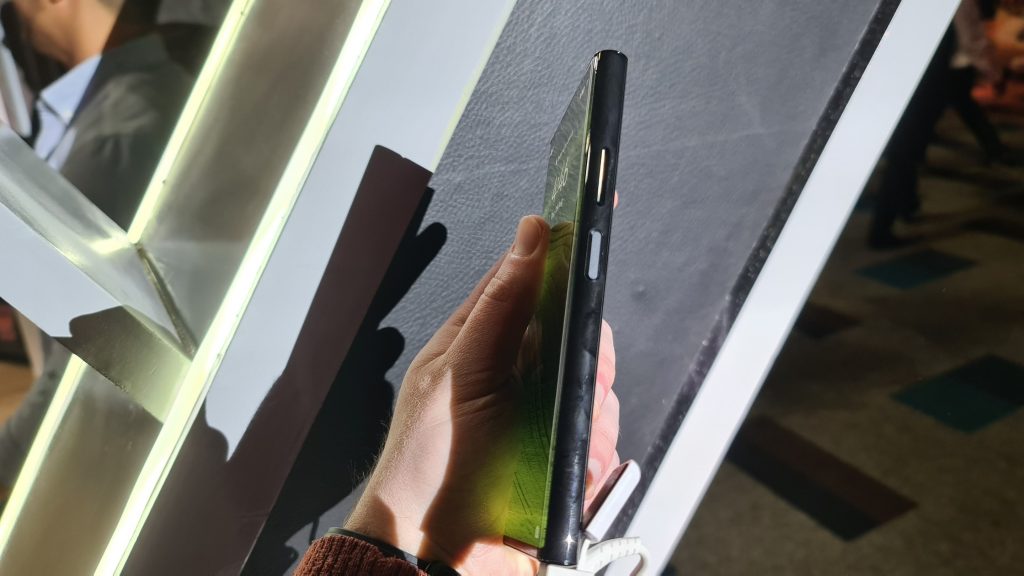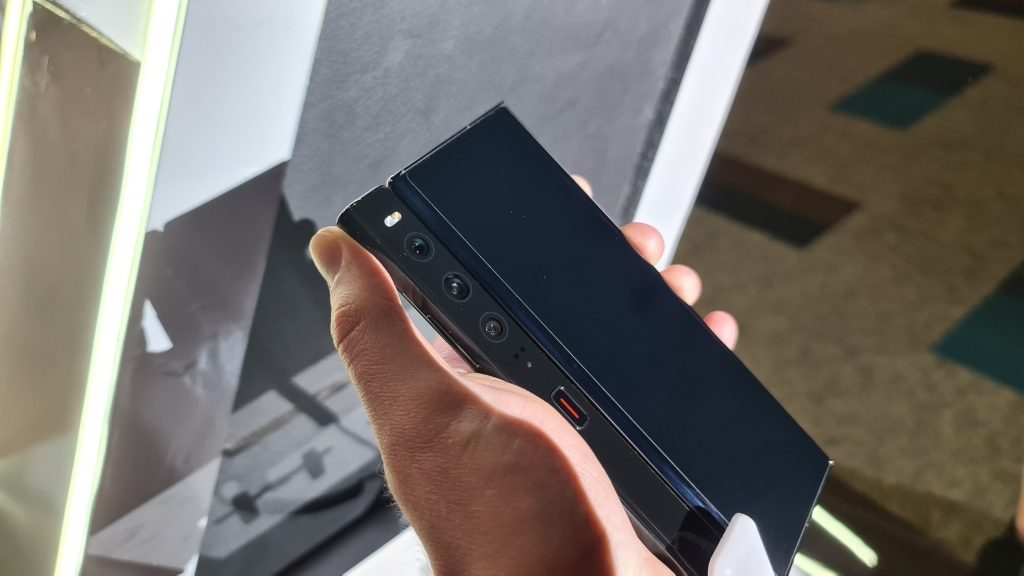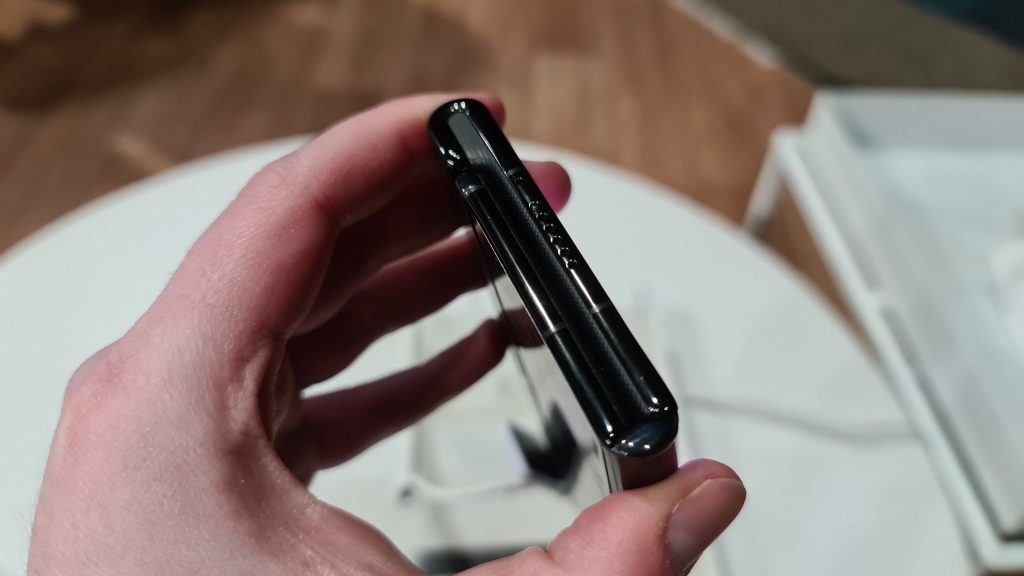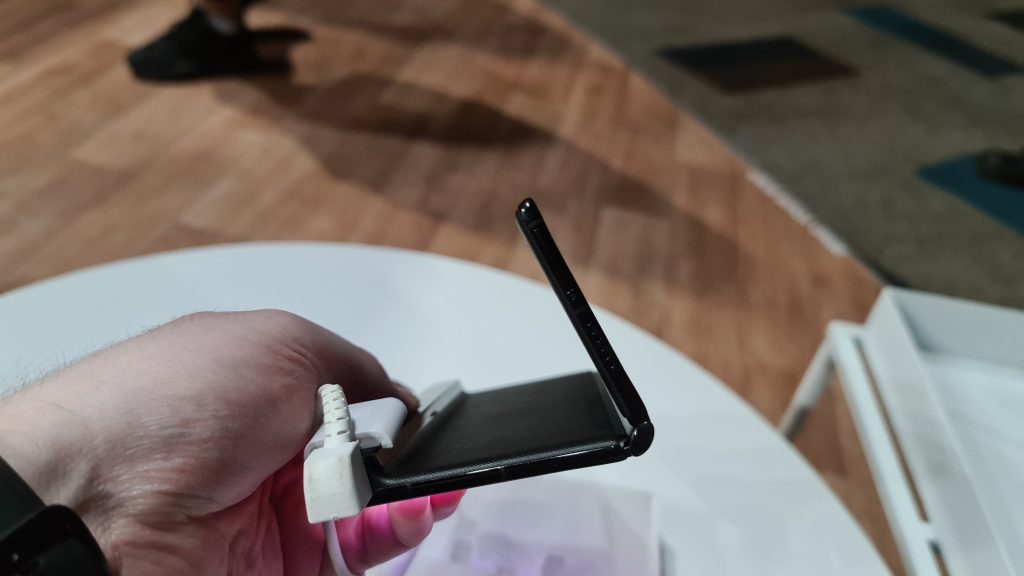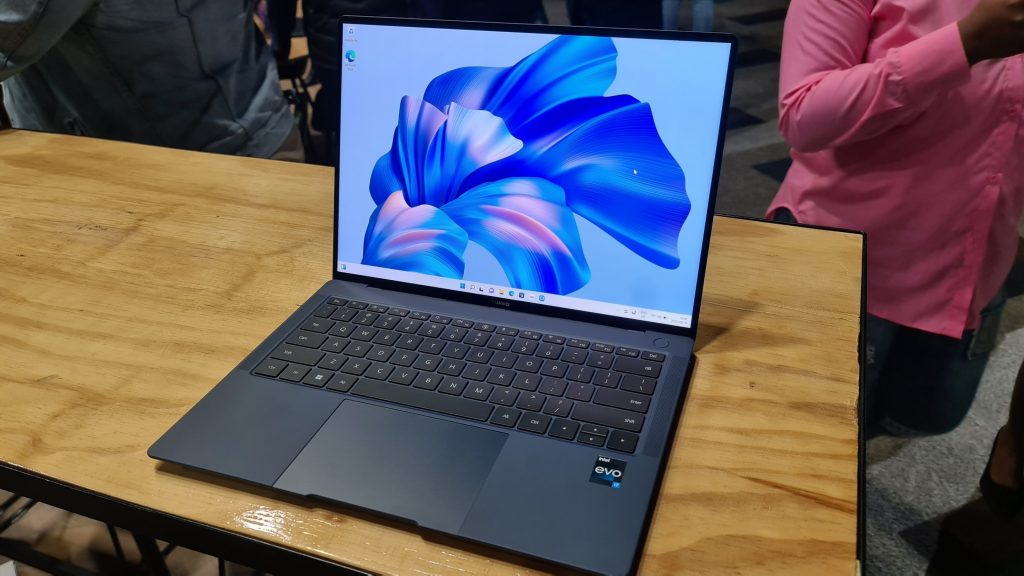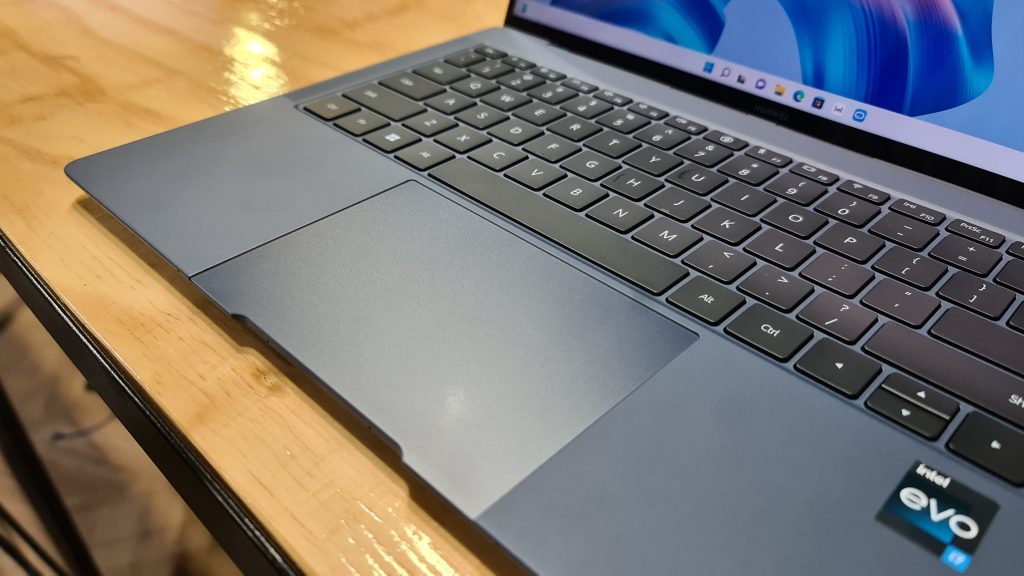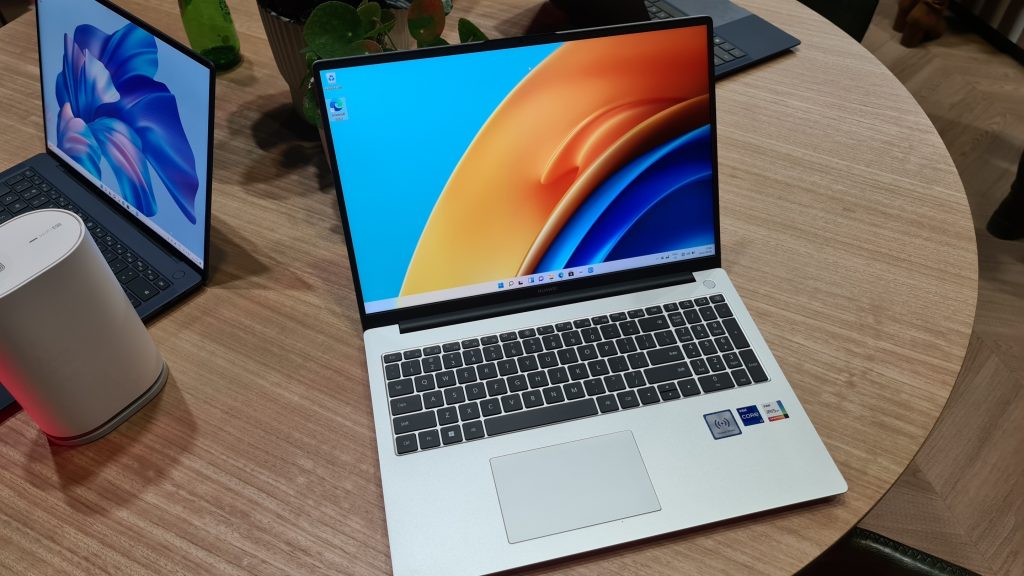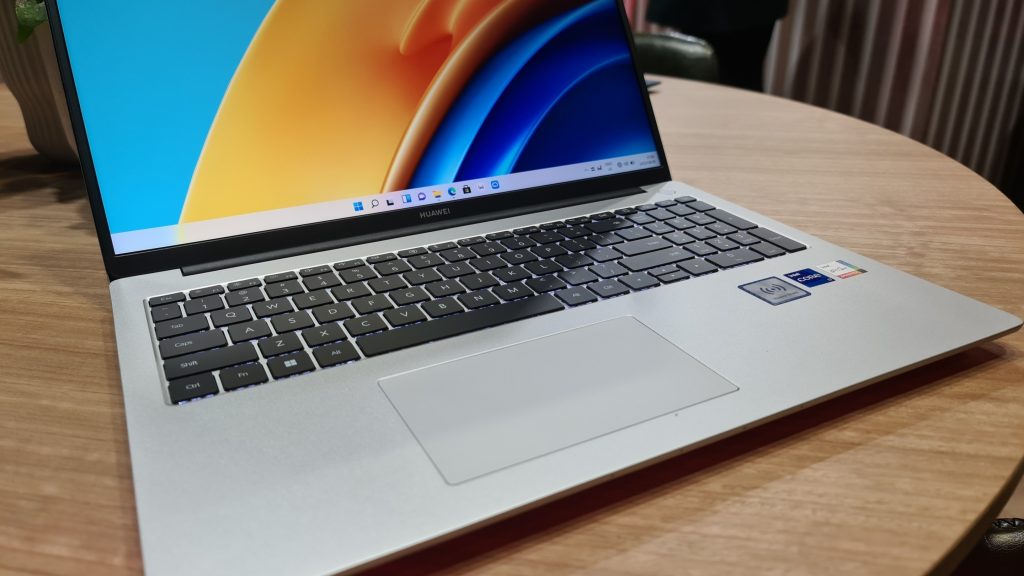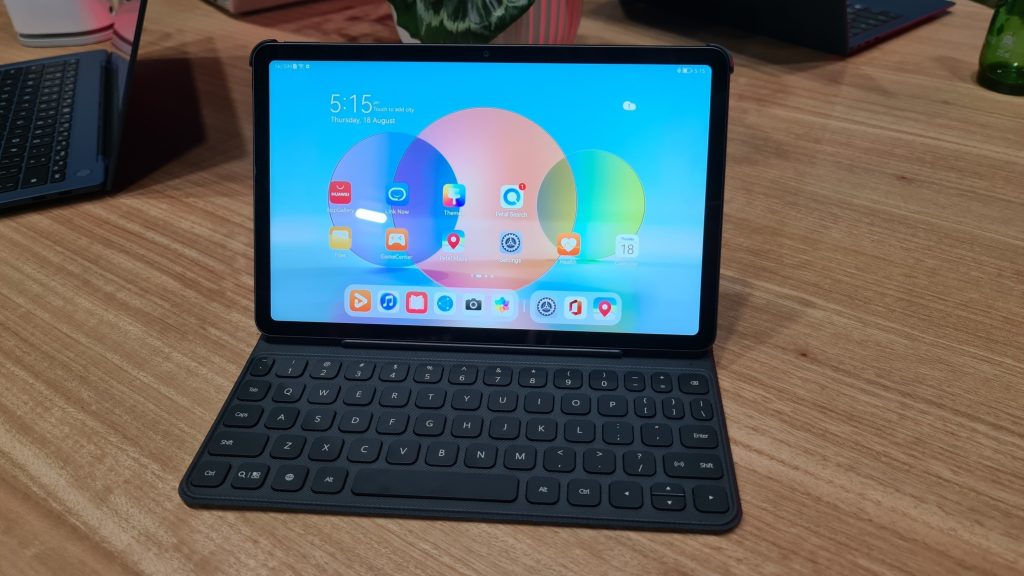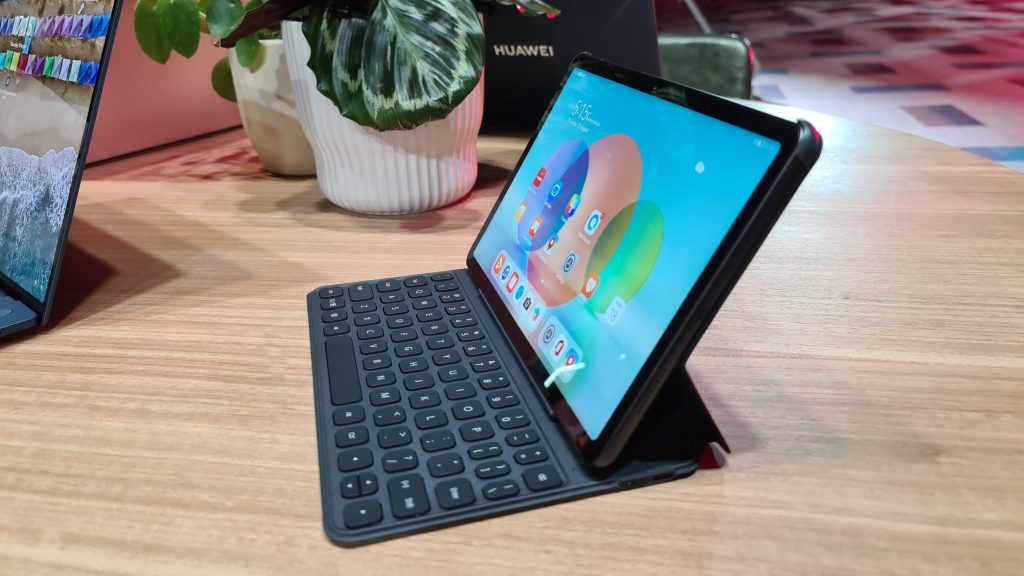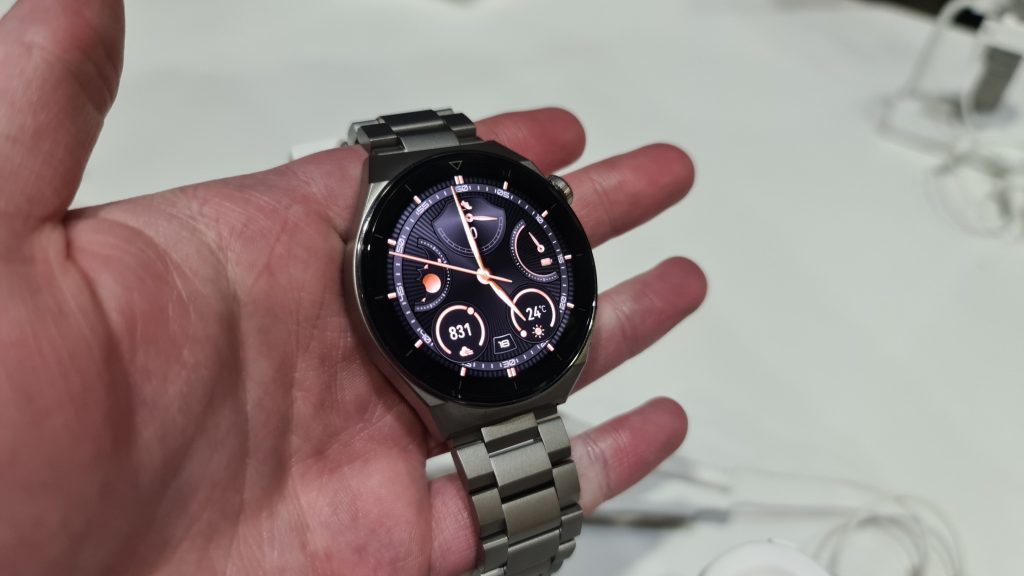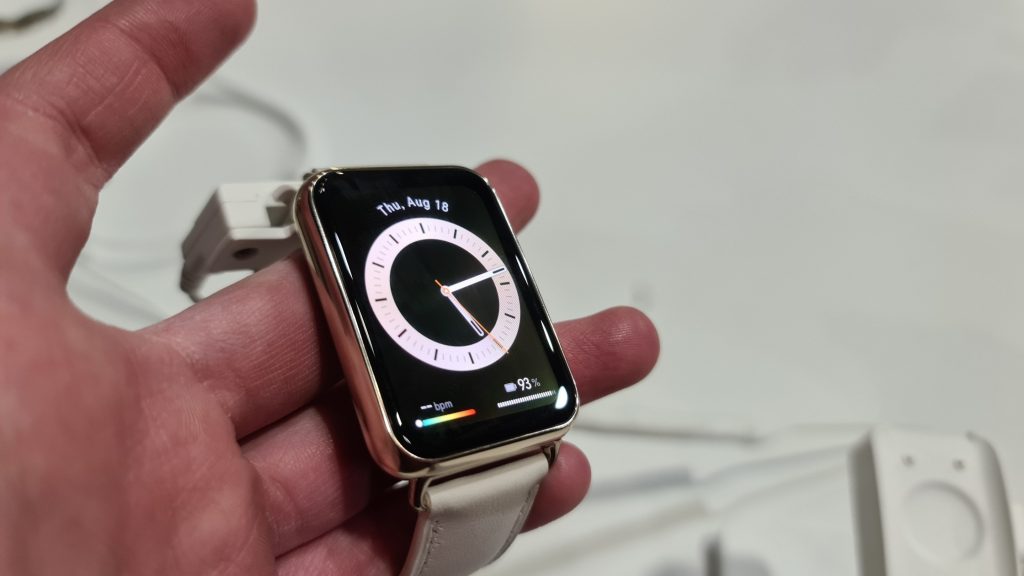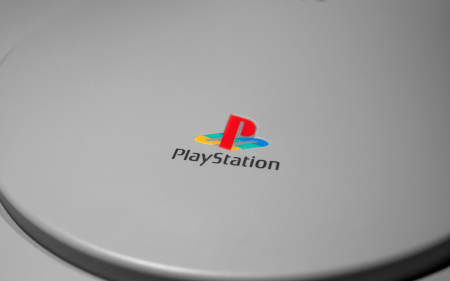Samsung did it, Xiaomi did it, and now Huawei has done it. By ‘it’ we mean launching a new foldable device (among other things). The Huawei Mate Xs 2, Matebook X Pro, and MatePad 10.4 are some of the brand spanking new devices from the Chinese tech giant. They were unveiled at the Xperience Huawei 2022 launch event on 18 August 2022 at Sandton in Johannesburg. This time, the new foldable and all of its friends will be available in South Africa.
Brought into the fold(ables)
The star of the show was the Huawei Mate Xs 2. Technically this is the second foldable from Huawei to land in SA, after the P50 Pocket. While the comparisons to other new foldable devices — the Samsung Galaxy Z Fold 4 and Xiaomi’s Mix Fold 2 — are unavoidable, the Mate Xs 2 stands out because it folds out. Huawei calls it the Falcon Wing Design, presumably because it… resembles a wing? We’re not so sure about that. What we are sure about is it is going to be a tough sell at R40,000 in the local foldable market.
The unique outward-folding design isn’t the only difference from other foldables currently available. It’s also sporting last year’s Snapdragon 888 (4G) chipset. That’s paired with 8GB RAM and 512GB ROM.
The True-Chroma foldable OLED display (as Huawei calls it) measures 6.5in when folded and unfolds to 7.8in. That’s 0.2in more than the Fold 4, for the numerically challenged. It sports a 2,200 x 2,480 resolution, will manage a 120Hz refresh rate and features PWM dimming control. It also has an anti-reflective nano-optical layer. Huawei says that’s for combatting reflections. It wasn’t just throwing words together.
In the top right corner of the Mate Xs 2, you’ll find a 10.7MP selfie cam. Around the back are a 50MP main sensor, a 13MP ultra-wide, and an 8MP 3x telephoto with optical image stabilization (OIS). Why there isn’t any OIS on the main sensor is beyond us.
A 4,600mAh battery provides the juice, supported by Huawei’s 66W fast charging tech. It advertises a 90% charge in just 30 minutes. We’ll need to spend more time with the device to confirm that and many of the other claims Huawei made during its event.
The Huawei Mate Xs 2 will be available in SA from 1 September for R40,000. Knowing Huawei, there might be some extra goodies thrown in to sweeten the deal. That wasn’t confirmed but this deal will need all the sweeteners Huawei can offer.
The rest of the gang
The Chinese tech giant also revealed a slew of other devices. The updated flagship MateBook X Pro laptop, a new MateBook D 16, the new MatePad 10.4, two new WiFi 6+ mesh series, and not one but five new wearables. Those are the Huawei Band 7, Watch Fit 2, Watch D, and two versions of the Watch GT 3 Pro.
Huawei’s MateBook X Pro is built from a magnesium alloy and weighs just 1.26kg without feeling like it’s going to snap in half if you put it down wrong. It is coated with a soft-touch eco-friendly anti-corrosive coating and is available in a new Ink Blue colour and the traditional Space Grey.
The 14.2in 3,120 x 2,080 display offers coverage of the DCI-P3 and sRGB colour gamuts, supports up to a 90Hz refresh rate, and is DisplayHDR 400 certified. It will also handle all ten of your fingers touching it at once. Not that you would ever need to do that.
Under the hood is a 12th-Gen Intel Core i7-1260P processor with 16GB of RAM and 1TB of NVMe storage. When you need to wirelessly connect there’s WiFi 6e and Bluetooth 5.2 support. There’s a 60Wh battery lurking inside that supports 90W fast charging.
Strangely for a flagship laptop it only offers a 720p webcam. But that cam has AI gesture support so you can look like a fool waving and swiping the air during conference calls and meetings.
The MateBook X Pro goes for R36,000 for the Space Grey model and R40,000 for the Ink Blue premium edition. It’s already available to purchase.
One too many Mates
For the folks that don’t want to spend R35k+ on a laptop, there’s the slightly pared-back MateBook D 16. With this one, you’re getting a 16in 1920×1200 display, a 12th-Gen Intel Core i7-12700H CPU with 16GB of RAM and 512GB of NVMe storage.
Connectivity support is down to WiFi 6 and Bluetooth 5.1, the 60Wh battery remains but charging is reduced to 65W, but the webcam’s been upgraded to an FHD affair. The MateBook D 16 is also available right now and costs 0,000066BTC (R26,000).
The Huawei MatePad 10.4 is aimed at students and professionals that don’t need a full-powered laptop but still want to take notes or watch content on the fly. The 10.4in 2,000 x 1,200 display should be suitable for most casual occasions. The Kirin 710A CPU isn’t going to be crunching a whole lot of numbers, but it should handle FHD video playback or a fairly simple spreadsheet just fine.
You’ll have 6GB of RAM to play around with which is probably enough for a tablet. The onboard 64GB of storage isn’t all that much but it can be expanded with a microSD card up to 512GB. This one, like the other two, is available now and starts at six thousand five hundred South African rands. That will get you the tab and the new M-Pencil. You’ll need to pay extra for the keyboard cover.
We need more wrists
Huawei didn’t stop there. It also had five wearables to show off. The new Band 7 appears at the entry-level er… level. This is Huawei’s thinnest fitness tracker and aims to bring health stats to the wrists of those that want them at a glance but don’t need a full smartwatch. It’s available now for R1,700.
The Watch Fit 2 steps things up slightly and brings features like heart rate monitoring, SpO2 measurement and sleep tracking — available now for R3,300.
Huawei is leaning heavily towards health, rather than fitness, with its Watch D. This aims to be your personal health assistant with precise blood pressure measurements up to 230mmHg. It also includes many of the features found on the Watch Fit 2. This one is quite a bit pricier at R10,000 but you can buy it now. Obviously.
For the premium market, there’s the new Watch GT 3 Pro. This one comes in two flavours, a smaller Ceramic version and the larger Titanium model. They have all the health and fitness tech (minus blood pressure measurements) from the company’s other wearables as well as the usual smartwatch features, including Bluetooth calling and a long-lasting battery. We’ll bet you can guess when these are available… Well done. The Ceramic and Titanium models cost R11,000 and R14,000 respectively.

